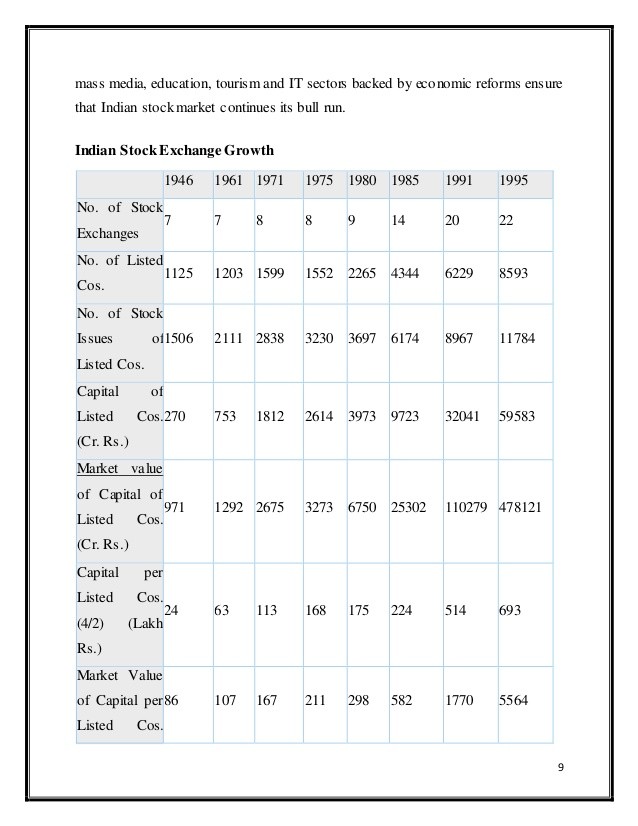How local stocks are faring in the bull run
Post on: 10 Июль, 2015 No Comment

Mike Armstrong, Inquirer Columnist
Posted: Friday, March 11, 2011, 9:07 AM
Leave it to Thursday’s rout on Wall Street to end any celebrating over the two-year run of the current bull market.
Still, the anniversary is an opportunity to evaluate which Philadelphia-area public companies are more or less valuable now than they were on March 9, 2009, when the major stock market indexes touched their most-recent lows.
Bull and bear markets are simply prolonged periods of rising or falling stock prices. During the bear market that growled from Oct. 9, 2007, to March 9, 2009, the Dow Jones industrial average lost 53.8 percent of its value.
Even with the downdraft that pulled the Dow lower in four of its last five trading sessions, the widely watched market barometer remains up 83.0 percent since the bull market began on March 10, 2009.
The Inquirer/Bloomberg Philadelphia Index, currently made up of the common stocks of 178 companies with their corporate headquarters or U.S. headquarters in the Philadelphia region, is up 82.8 percent since then.
For my analysis, I eliminated all stocks that were below $3 per share on March 9, 2009, because penny stocks are prone to wild swings in price. That left just 97 companies.
At the top of the list of gainers was Unisys Corp. Shares of the Blue Bell information-services company rose 899 percent, from $3.30 on March 9, 2009, to $32.98 on March 9, 2011.
Such a big jump won’t assuage many longer-term Unisys investors who are still in the red. The turnaround may have strengthened the company’s balance sheet, but an investor who bought Unisys shares on March 9, 2001, at a reverse-stock-split-adjusted $155.50 would view the current price as down 79 percent.
Though I wasn’t surprised at seeing Unisys at the top, I did not expect a chemical company to be the second-biggest gainer. Shares of Quaker Chemical Corp.. the Conshohocken specialty chemical maker, rose 718 percent, from $4.68 to $38.28.

Many of Quaker’s products are used in the steel industry, which has bounced back during the global economic recovery. The United States may be a slow healer, but only 35 percent of the company’s $544 million in 2010 net sales came from North American customers, down from 41 percent two years ago.
The third-best gainer was Dollar Financial Inc.. a Berwyn operator of check-cashing outlets and pawnshops. Its shares climbed 522 percent, from $3.44 to $21.39. One reason for its rise in the era of the Dodd-Frank financial regulation law is that only 17 percent of its revenue can be attributed to the U.S. unbanked.
The shares of only 13 companies in the Inquirer/Bloomberg Philadelphia Index have declined during the bull run, led by Discovery Laboratories Inc.. the Warrington drug developer, which has suffered a number of setbacks in its efforts to gain regulatory approval of a treatment for infant respiratory distress syndrome. It sustained an 88 percent drop in its stock price, from $16.50 to $1.92.
Thanks to cuts in insurance reimbursement for its cardiac-monitoring services, CardioNet Inc. in Conshohocken had an 82 percent decline in its stock price, from $24.61 to $4.54.
Finally, ProPhase Labs Inc. fell 68 percent, from $4.01 to $1.30. Never heard of ProPhase? That’s the name adopted by Quigley Corp.. the Doylestown maker of Cold-Eeze cold remedies, after a bitter proxy battle.
As for whether we’ll be abuzz in 2012 over a third anniversary for this current market cycle, don’t count your bulls before they’re rounded up.














